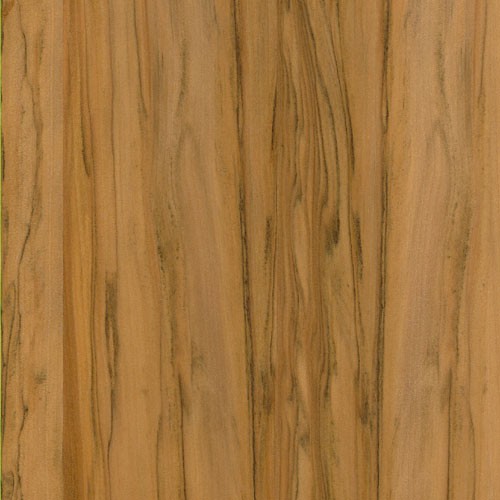Hickory-Pecan
True Hickories and Pecan Hickory trees are virtually the same with the only real difference between the two being that the Pecan Hickories are fruit-bearing trees, which produce the popular Pecan nut. Because the two related species are so very similar, their wood is normally combined when sold and labeled with the hyphenated, combined name: “Hickory-Pecan.”
Together, the “Hickories” are an important group in eastern United States hardwood forests for several reasons. As mentioned, Pecan nuts are a popular food source. But the wood is also strong and durable, making it excellent material for lumber purposes and manufactured goods. And because the trees are so abundant, their wood also provides a reliable fuel source. All of these factors are especially true across the southern United States, running from the east coast all the way to New Mexico. In fact, while Texas claims the Hickory-Pecan as its state tree, Albany, Georgia – with its more than 600,000 Pecan trees – boasts the title of “Pecan Capital of the U.S.”
The look of Hickory-Pecan also makes it popular. While the heartwood tends to be light to medium brown with a reddish hue, the sapwood is a paler yellowish-brown. Stylistically, the wood is commonly available two ways: “Calico” which offers a two-toned appearance, and “All Heart,” – which, as the name implies, has no sapwood, only heartwood – for a more uniform look. Either way, the grain is usually straight, though occasionally wavy, and the texture is medium, with a low natural luster.
The true beauty of Hickory-Pecan breaks through when it’s used for veneer, architectural plywood, flooring, furniture, and cabinetry. But because it is so strong, durable, and abundant, it’s also commonly used to make tool handles, ladder rungs, drumsticks, and baseball bats.
Species Distribution:
North America
United States
Southern United States
South-Central United States
Georgia
New Mexico
Texas
Northern Mexico
Common / Alternative Names:
Pecan
Janka Hardness:
1,820 lbf
Sustainability Status:
CITES Appendices: Not listed
IUCN Red List of Threatened Species: Not listed
Related Species:
Bitternut Hickory (Carya cordiformis)
Mockernut Hickory (Carya tomentosa)
Nutmeg Hickory (Carya myristiciformis)
Pignut Hickory (Carya glabra)
Shagbark Hickory (Carya ovata)
Shellbark Hickory (Carya laciniosa)
Water Hickory (Carya aquatica)









